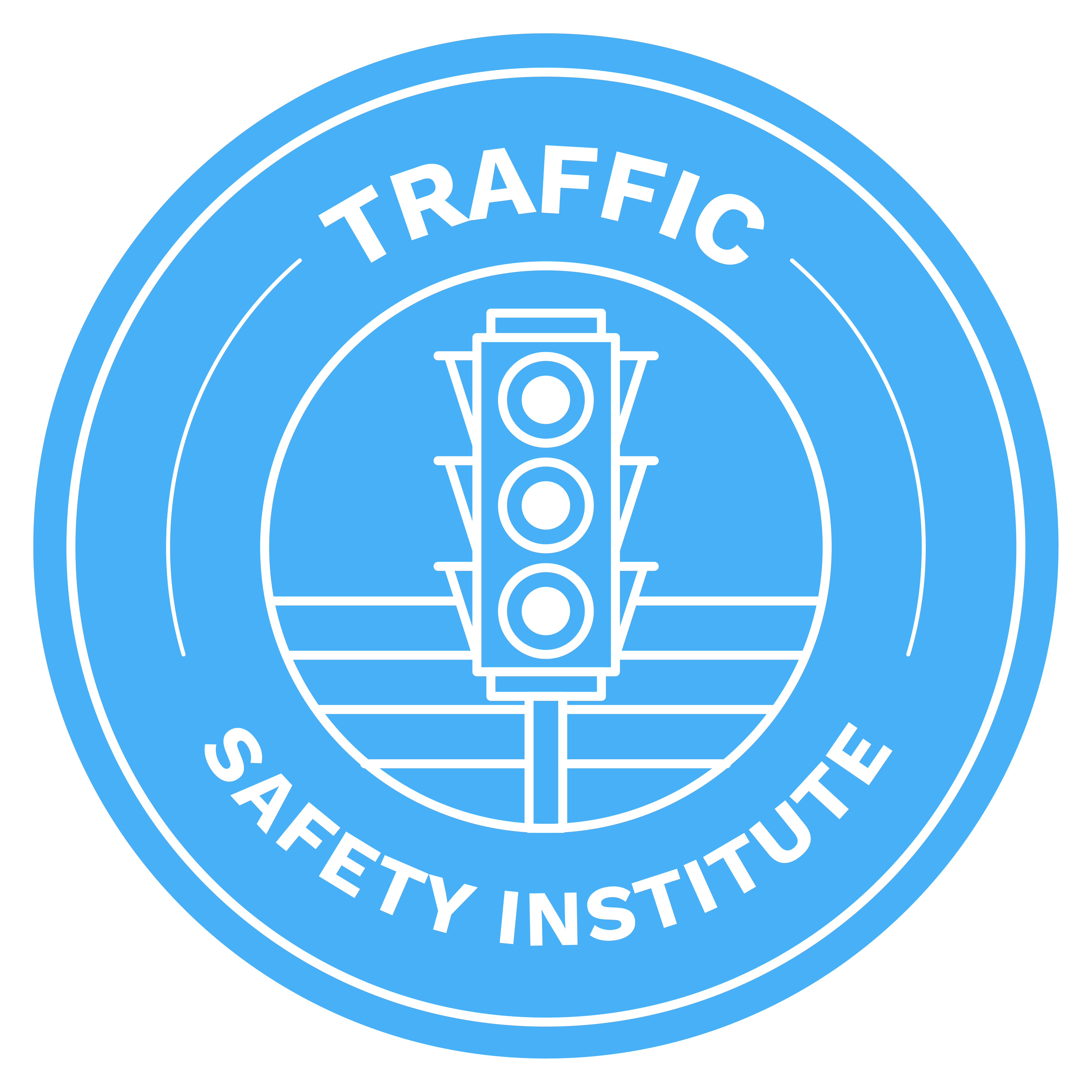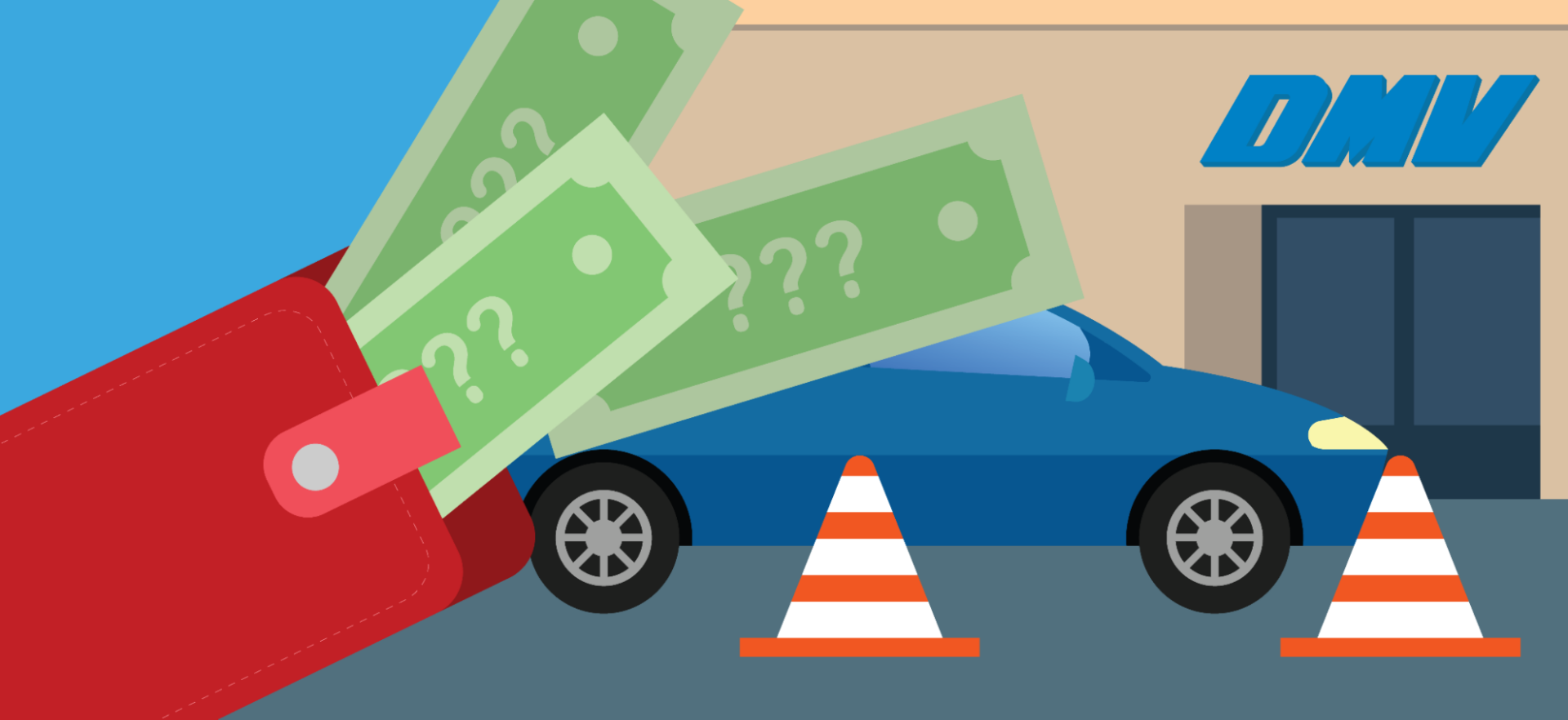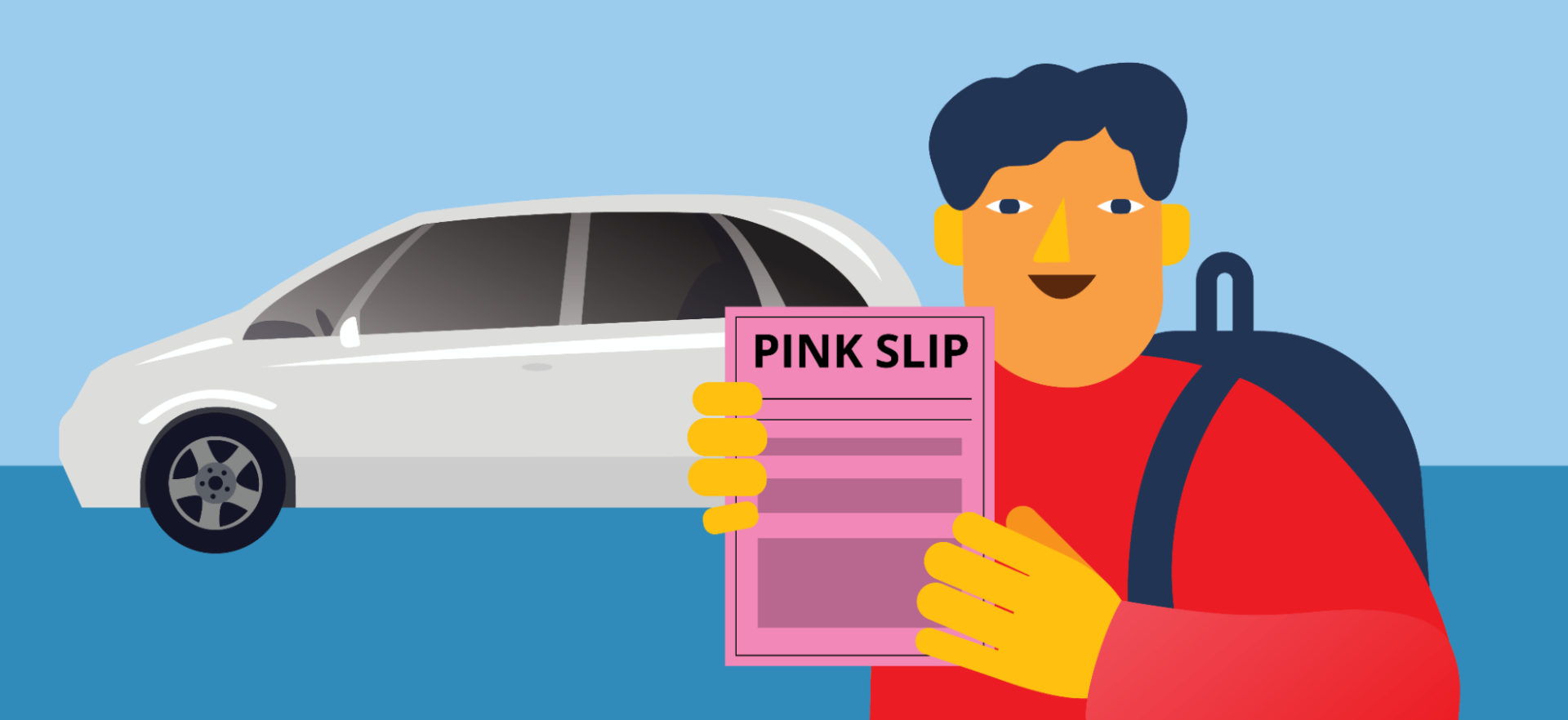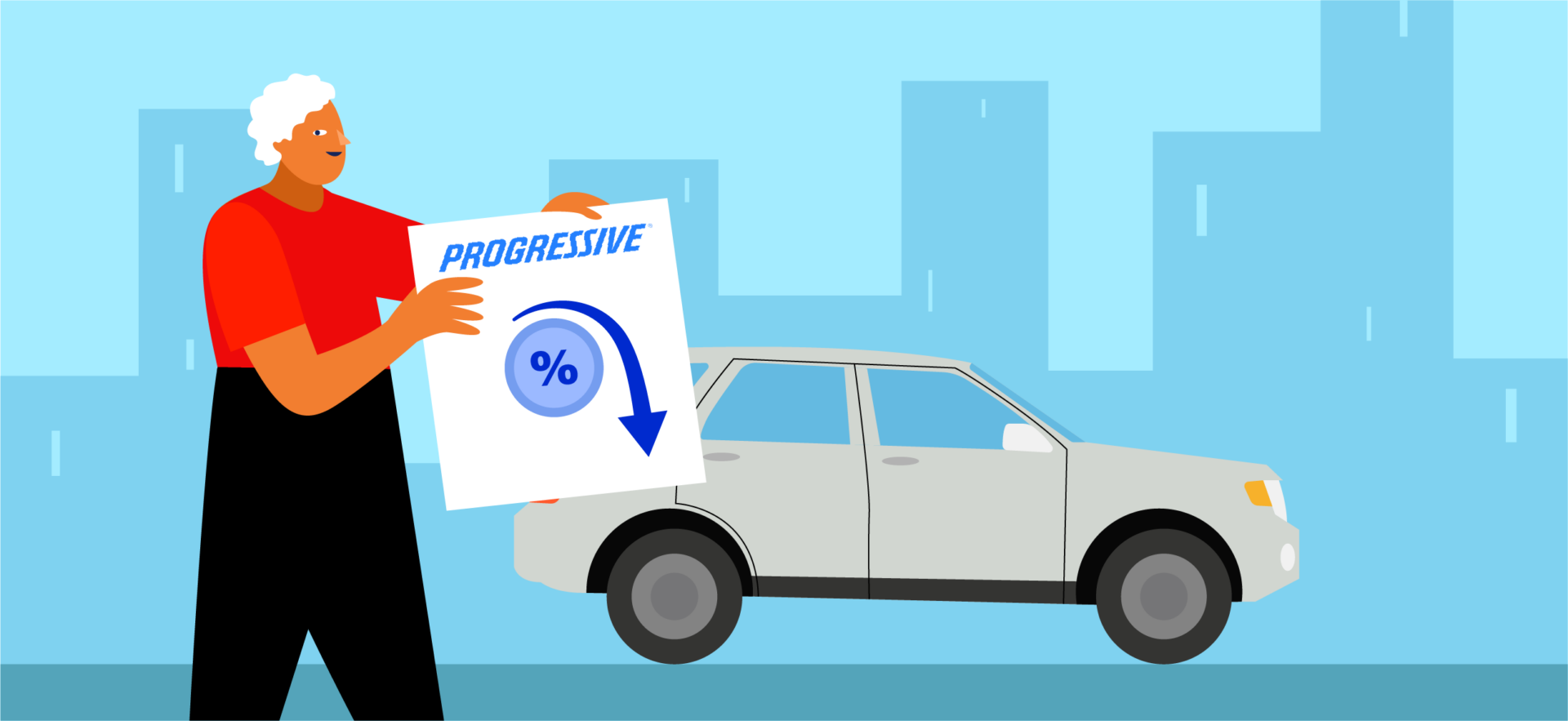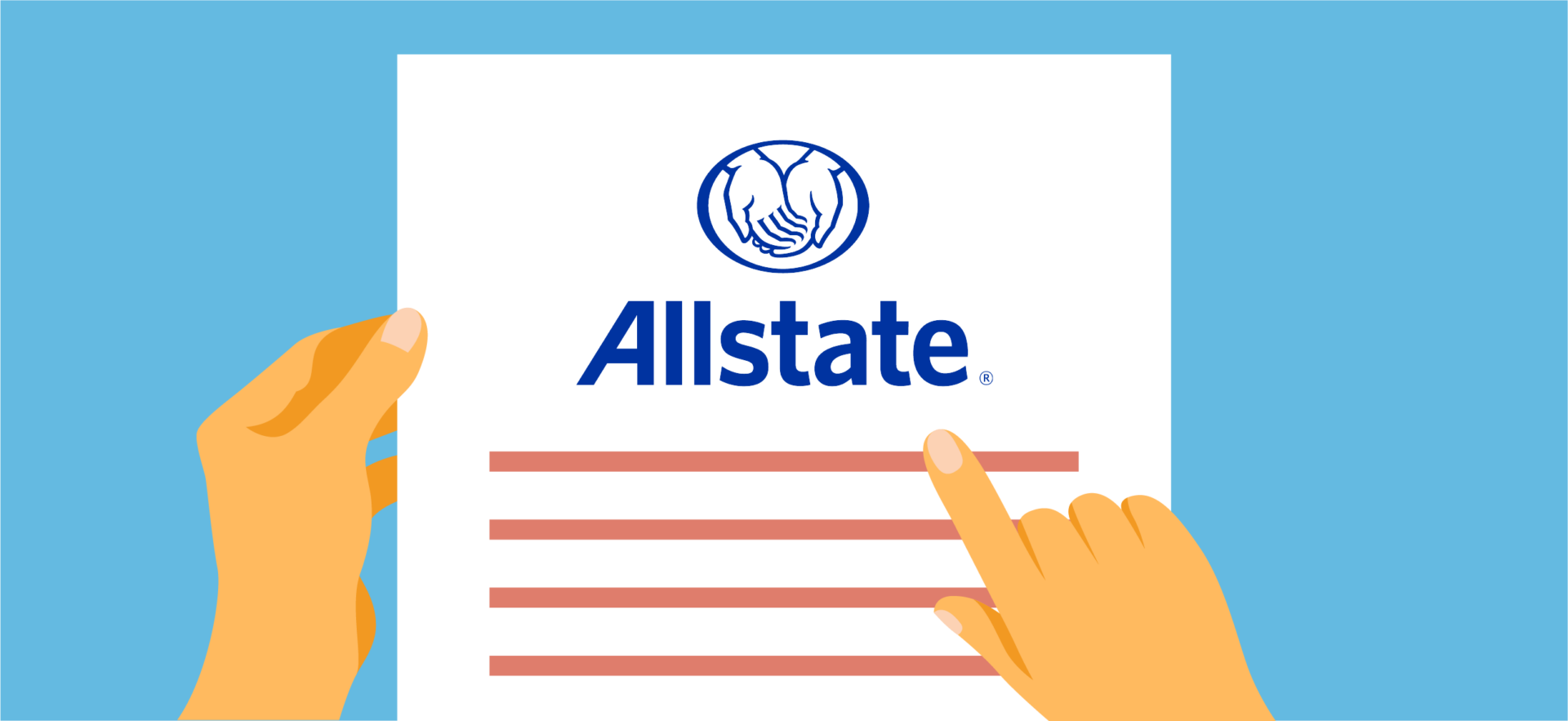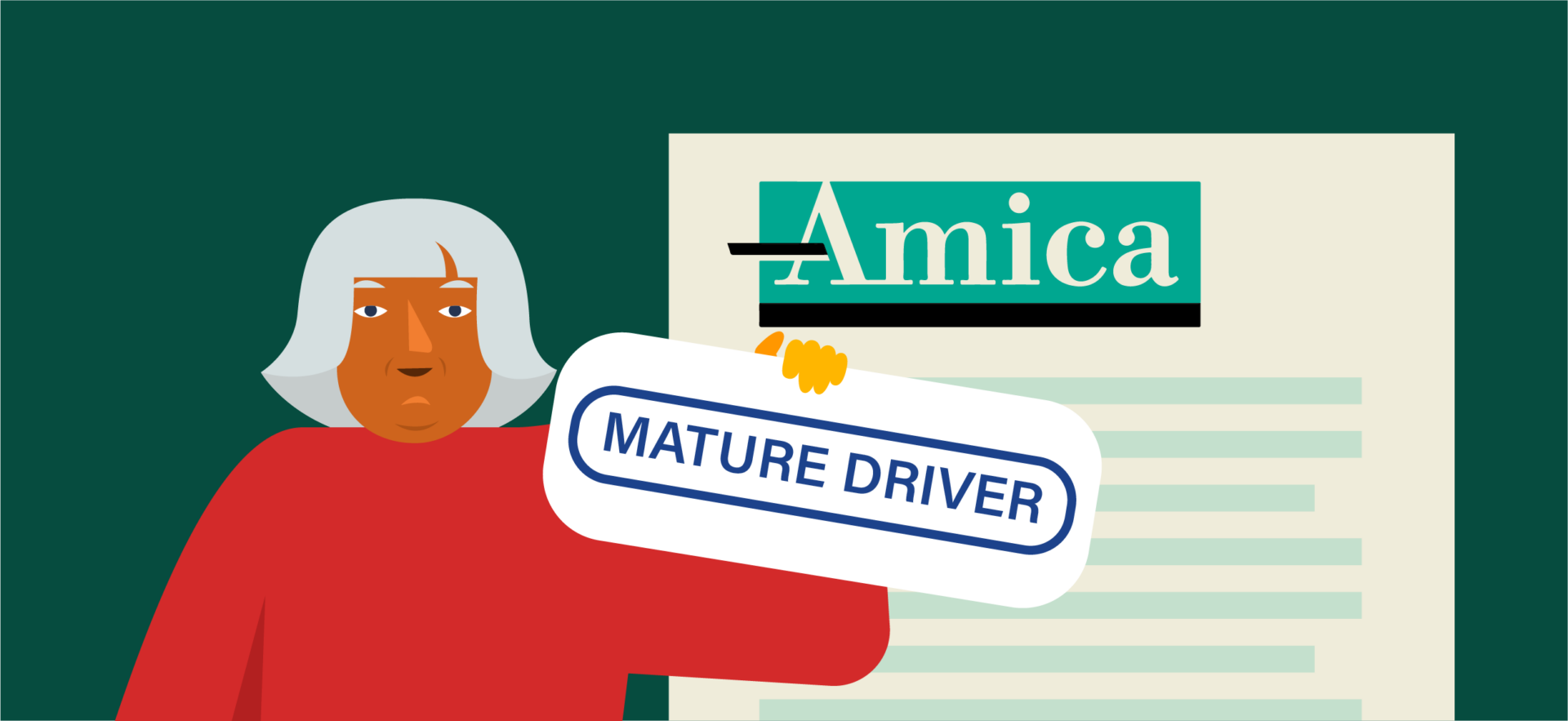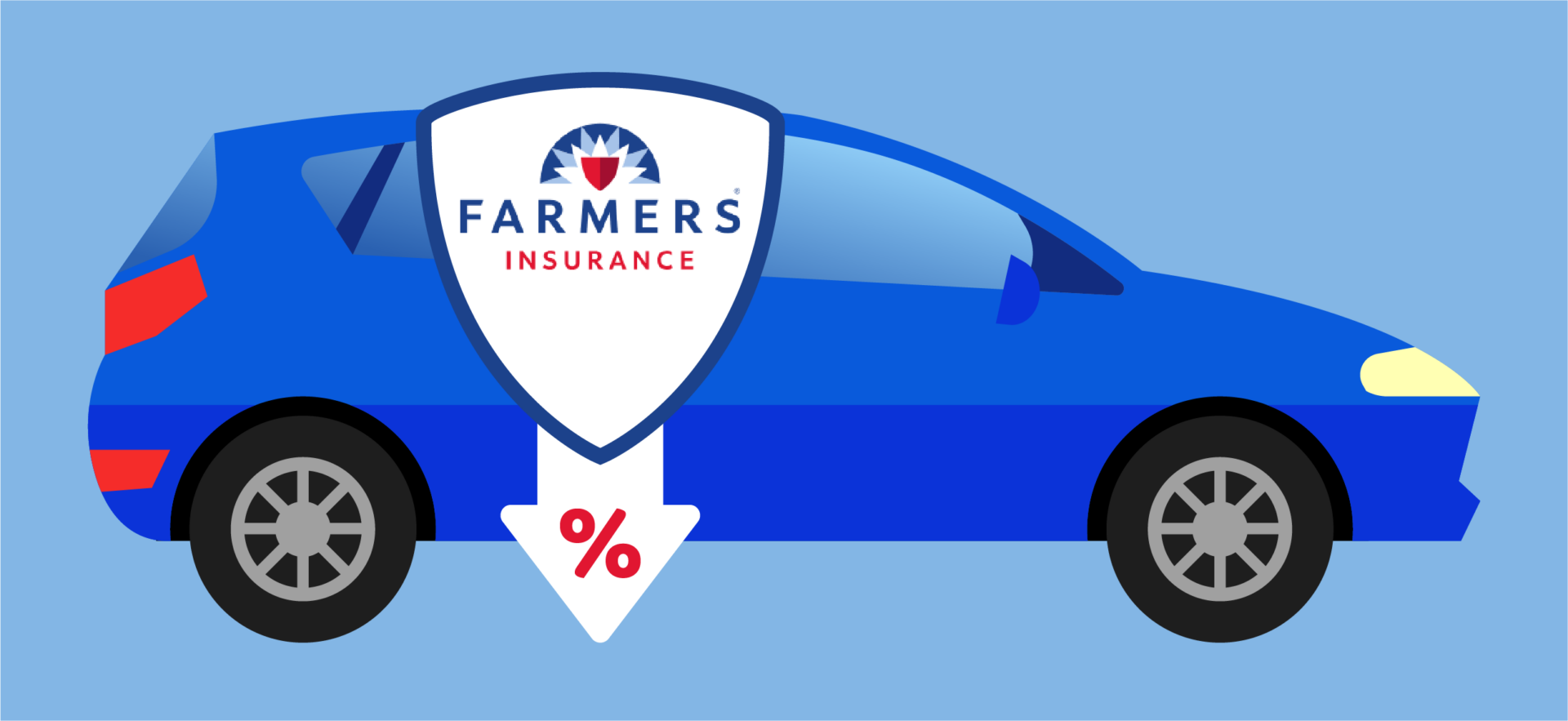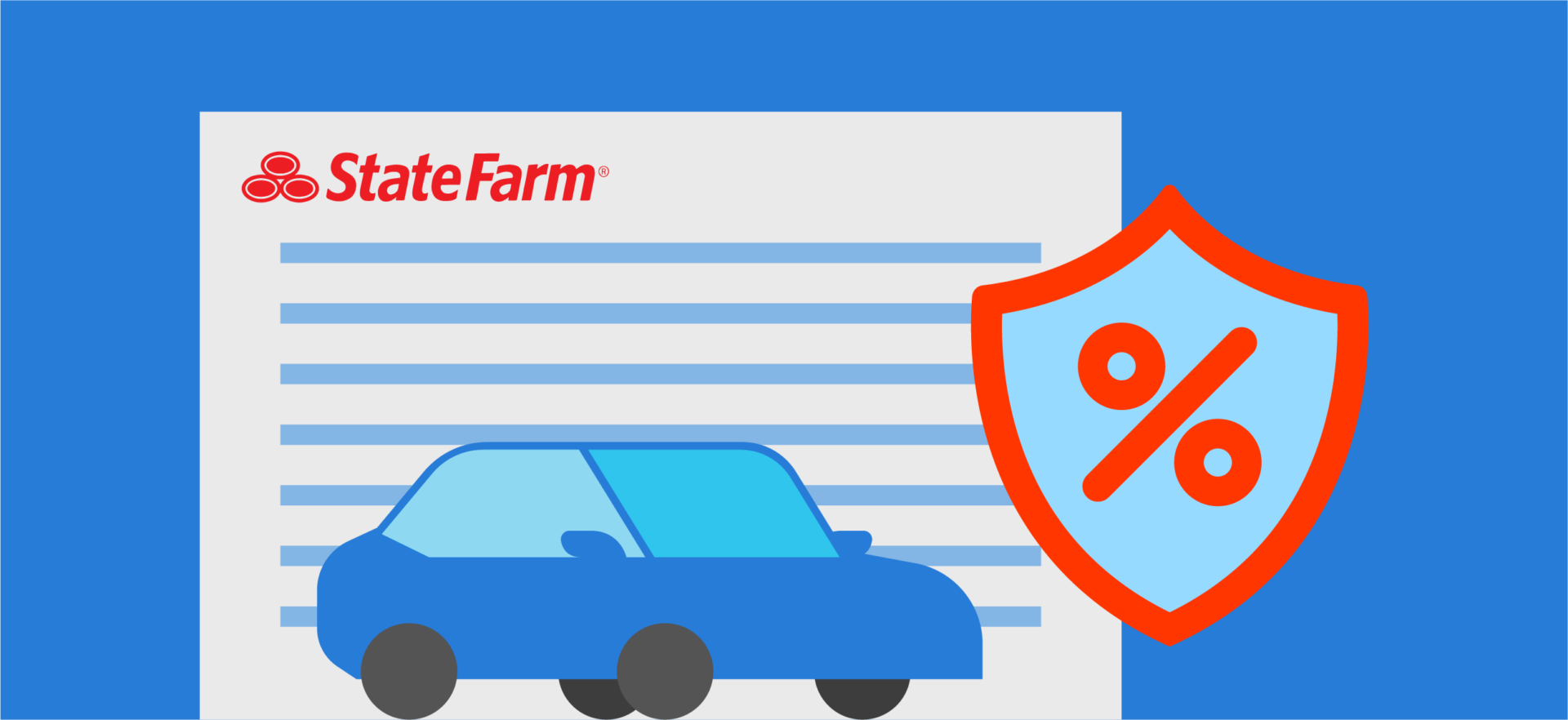The State of California requires young adults under 18 to attend driving school to obtain a provisional driver’s license (DL) and instruction permit. Students must complete both driver education (DE) and driver training (DT) to learn the rules of the road. These courses have a minimum length, but their duration and structure may vary from one school to another.
According to the California DMV, students can complete driver education online or in person. Either option requires 30 hours of theoretical instruction. Driver training, on the other hand, entails at least six hours of behind-the-wheel practice, but no more than two hours per day.
How long you’ll need to complete training depends on your skills and the type of class you’re taking. In general, this process takes several weeks to several months.
Here’s what you should know about it.
Types of Driving Schools
Students can take DE and DT courses at public/private high schools or state-licensed driving schools. With either option, they’ll learn about California road signs and their meanings, traffic safety, hand positioning on the steering wheel, and other related aspects.
The difference lies in how these classes are structured and where they take place.
California high schools don’t offer fully online DE courses. So, your child will have to complete 30 hours of two and a half semesters of classroom instruction.
Private driving schools, on the other hand, may deliver these classes over the Internet. Some also provide intensive DE courses, which can be completed in as little as one week.
Based on these factors, parents and their teens can choose from two main types of driving schools:
- Traditional driving schools, which offer classroom instruction and behind-the-wheel training;
- Online driving schools, which provide DE classes over the internet. Some offer classroom instruction and behind-the-wheel training, too.
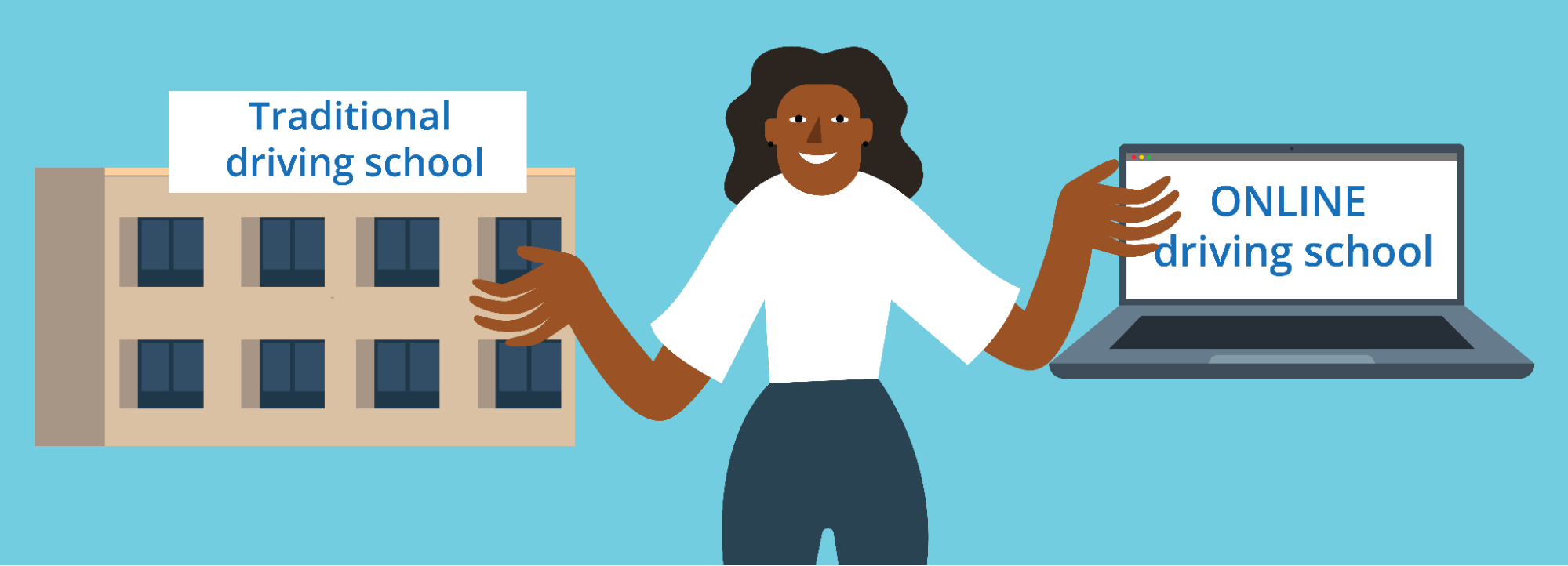
Note that driver’s ed classes are only required for teenagers under 17 and a half.
If you’re 17 and a half to 18 years old, you can simply apply for an instruction permit and complete behind-the-wheel training. But you’ll still need to wait until you turn 18 to take the driving test. Neither DE nor DT is required for those over the age of 18.
What to Expect from Traditional Driving Schools
In California, teenagers can begin driver’s education at age 15 and a half. Traditional courses take several weeks to complete, depending on the school’s schedule.
For example, some driving schools offer daily lessons, meaning you could complete training in two or three weeks. A typical lesson takes one and a half to two hours.
Others provide two or three weekly lessons. This option is suitable for those who want to learn at a gradual pace. Expect to complete the course within two months or longer.
The DE curriculum covers topics like vehicle controls, traffic signs, and the rules of the road. You’ll also learn about:
- Starting, steering, and stopping a vehicle
- Pre-driving checks
- Roadway markings
- Hand signals for driving
- The dangers of speeding
- Intersections and freeway driving
- What to do in emergency situations
- How to safely change lanes
- Vehicle maintenance basics
- Misdemeanors and infractions
Traditional DE lessons include a combination of lectures, discussions, slideshows or videos, and interactive activities. They are led by accredited instructors and take place in a classroom setting.

California high schools offer free driver’s education courses. A potential drawback is that you must attend the classes in person. This can be difficult since many students are juggling school, homework, sports, house chores, and part-time work.
What to Expect from Online Driving Schools
Online driving schools follow the same curriculum as traditional ones, but the lessons may be structured differently. Generally, they consist of text, videos and interactive quizzes.
With this option, you must still complete 30 hours of training, but you can study at your own pace. All you need is a computer, tablet, or smartphone connected to the internet.
The course platform will save your progress, so you can resume the lesson where you left off. If you’re a fast learner, you can complete DE training in seven to 10 days.
As mentioned earlier, some online driving schools also offer intensive courses. The lessons are spread out over three days to three weeks, depending on your preferences and the school’s policy.
Additionally, online DE programs often cost less than traditional courses (at private driving schools), with the average price being around $40 to $60.
Is Online Learning a Better Option?
Online driver’s education is a good choice for most students. It all comes down to your schedule and preferred learning style.
For example, visual learners grasp information best through videos, images, slideshows, and graphs, whereas read/write learners prefer text, such as articles, books, and manuals.
If you fall into any of these categories, you may find it easier to complete your DE online. Such programs include a mix of visual content and written materials, including:
- Videos
- Slides
- Animations
- Images
- Online textbooks
- Quizzes
- Simulations
- Practice tests
Auditory learners, on the other hand, prefer to listen to the information being shared. They grasp concepts through group discussions, lectures, and podcasts, as well as through videos.
Depending on how the information is presented, these people may prefer classroom learning but are still comfortable studying online.
Apart from that, online driving schools offer greater flexibility and convenience than traditional driver’s ed programs. Students can learn at their own pace, which may benefit those who want to complete training faster or need extra time to grasp certain concepts.

It’s also worth mentioning that 75% of California high school students are sleep-deprived, as many of them struggle to balance school, work, and extracurricular activities. Completing an extra six to 10 hours of classroom training per week would only increase their burden.
Choose the Right Driving School for Your Teen
Whether you choose a traditional or online driving school, make sure it meets the California DMV’s requirements.
- First, access the DMV’s Occupational Licensing Status Information System (OLSIS) and select “Driving School” from the drop-down menu under “Business Category.”
- Next, enter the school’s business name, license number, address, city, or zip code, and click “Search.” This information should be available on the driving school’s website. It’s usually listed at the bottom of the homepage or on the Contact page.
- If the school holds a valid license, it will show up in OLSIS.
Most other states have a similar system in place, so you can look up any driving school across the U.S.
Also, note that driving school duration can vary from state to state.
For example, students based in Texas must complete 32 hours of driver’s education if they are under 18. Those aged 18 to 25 are required to complete six hours of training.
New York State, on the other hand, requires at least 24 hours of classroom instruction and 24 hours of behind-the-wheel training.
If your teenager lives in Massachusetts, he must complete 30 hours of driver’s ed and 18 hours of practice.
Last but not least, look up the driving schools you are interested in. Just because a school is licensed doesn’t mean it’s right for your child. Check out its social media pages, inquire about its pass rate, and read customer reviews.
